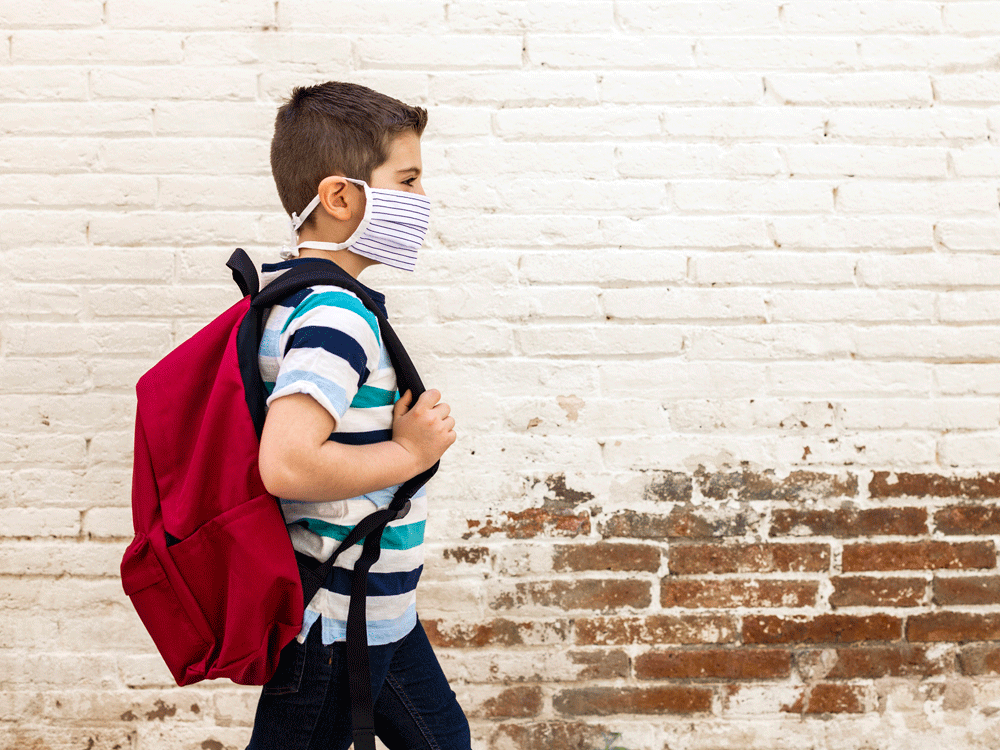
Article content continued
Testing comes with its own challenges: Test someone in the early stages of infection and the test might come back “negative,” because there hasn’t been enough time for the person to develop enough viral load to be detectable, said University of Ottawa epidemiologist Raywat Deonandan. “So, a negative result doesn’t necessarily put the person in the clear.”
It’s also a “pretty big deal” to try to operationalize school-based testing at the local level, Canada’s chief public health officer, Dr. Theresa Tam, said recently. There are already hours-long line-ups for tests in some cities, and long waits for results, and if all the swabs and test reagent and nursing time is used to test people without symptoms we may not have enough to test the people who really need it — people who are sick, said Dr. Laura Sauvé.
If the test was easy to do and especially not painful, I would be more enthusiastic
Many people would have to be tested to find a positive, and the test itself is uncomfortable, even painful to children, said Sauvé, chair of the Canadian Paediatric Society’s infectious diseases committee. For younger kids, especially, “Once you have done one nasopharyngeal swab (a long, deep swab in the nose to the back of the throat) you won’t get another one very easily.”
“If we had no barriers to doing the test — an infinite amount of testing capacity, testing materials — and the test was easy to do and especially not painful, I would be more enthusiastic,” she said.
Work is being done on tests that are less painful, like saliva-based tests, but so far none have been approved for use in Canada.
